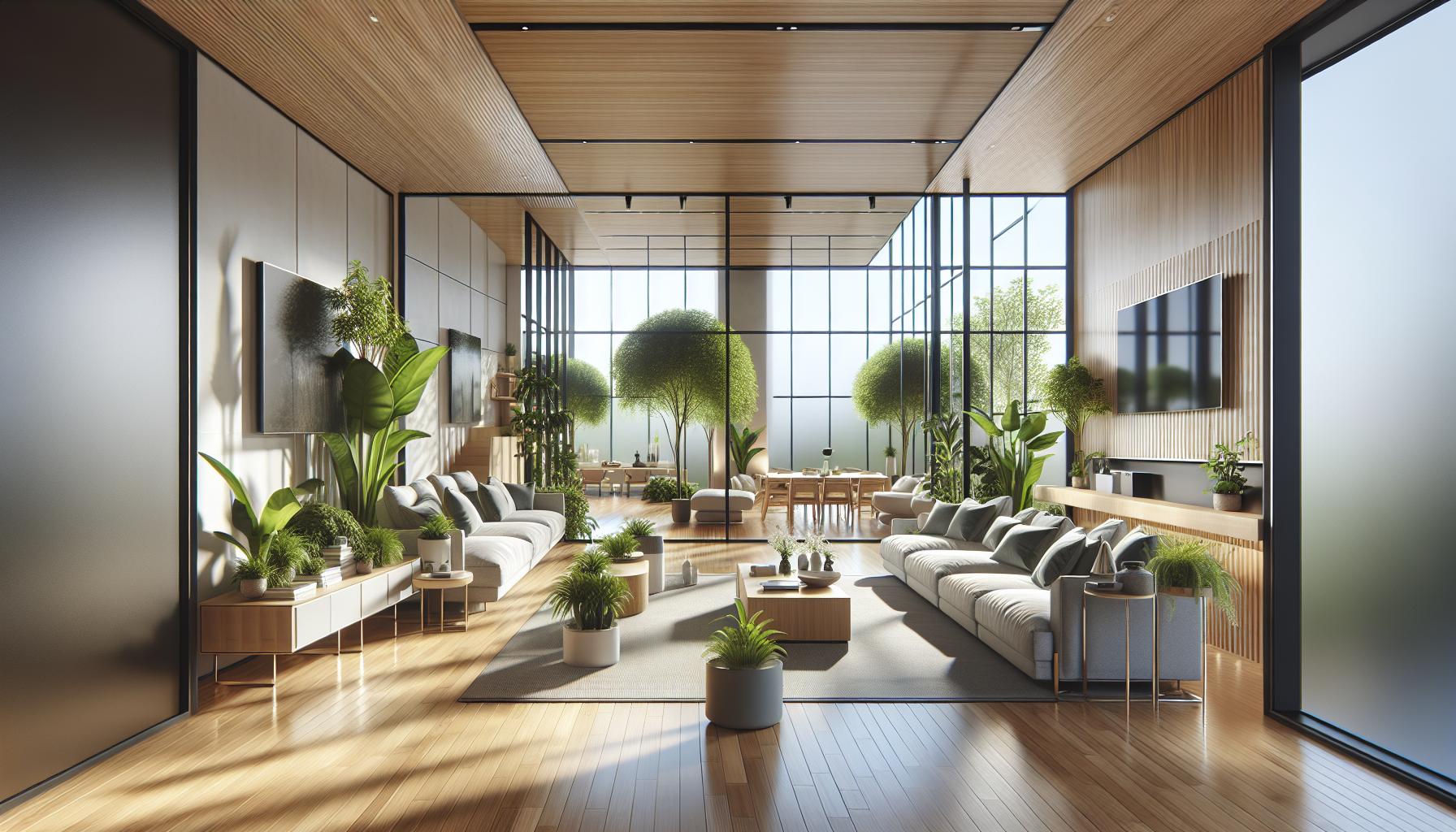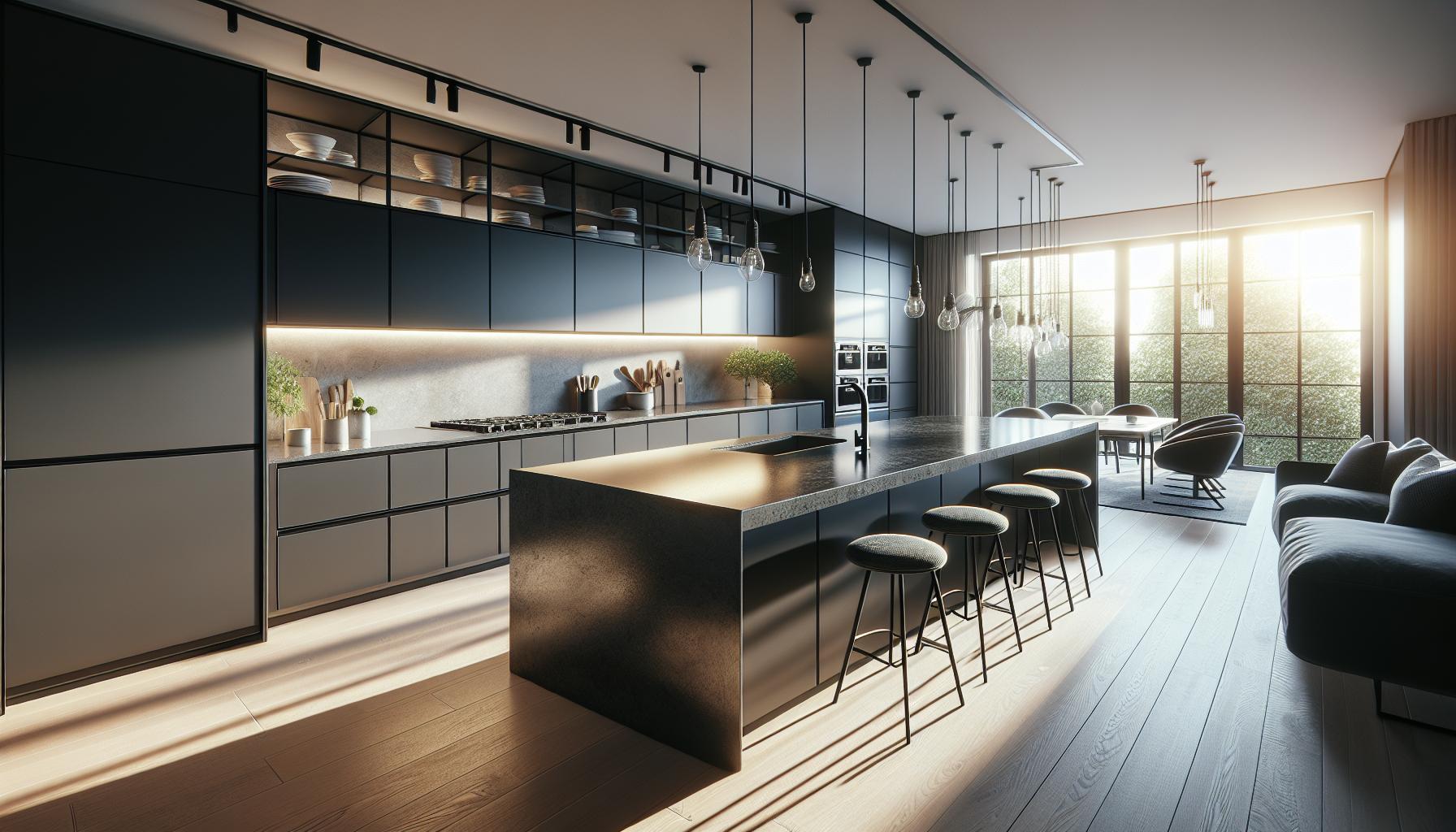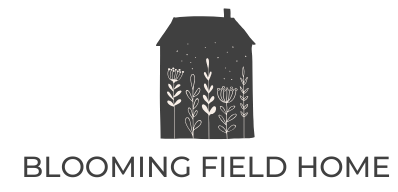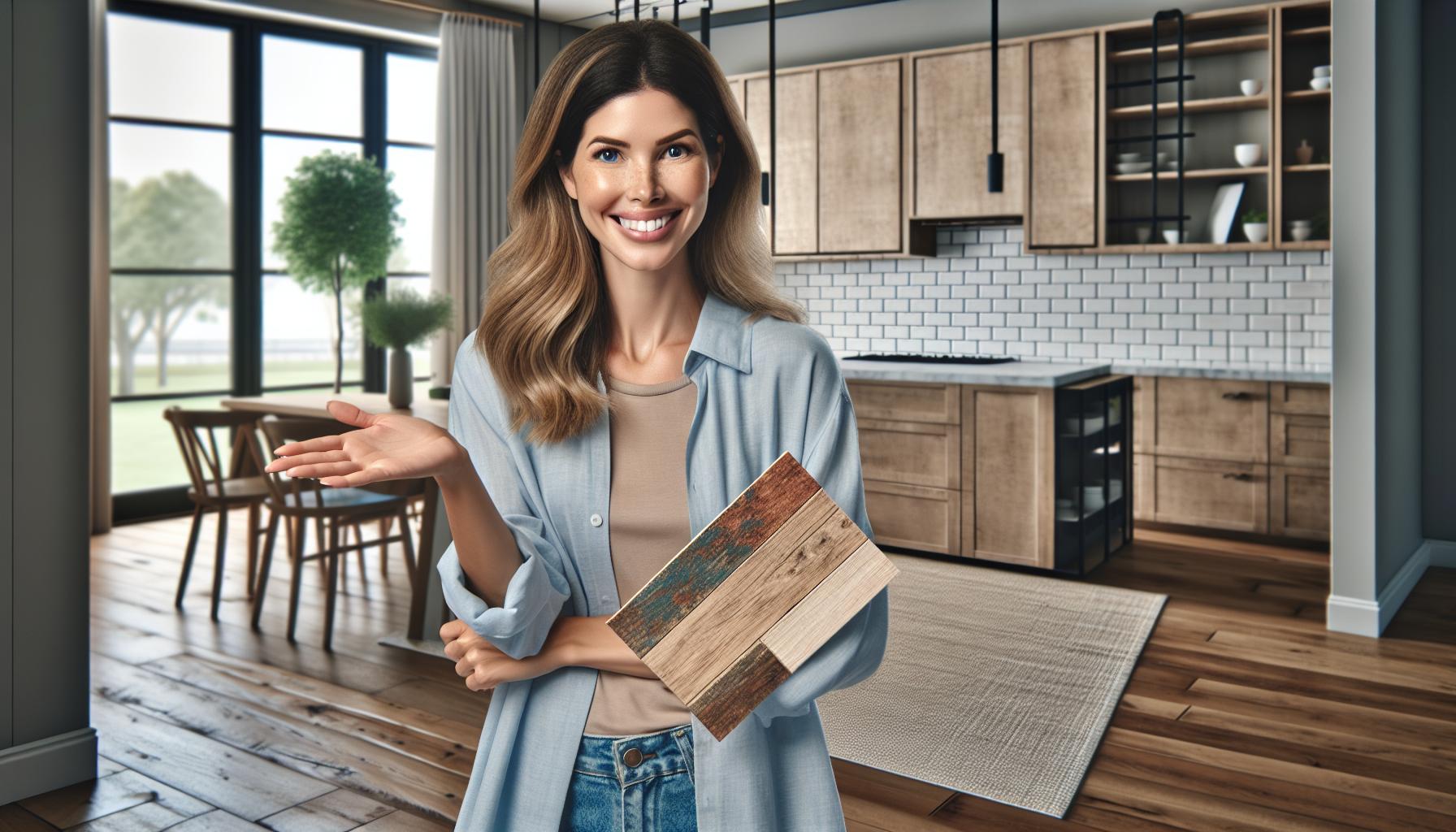Home renovation has evolved into an exciting journey where creativity meets functionality. I’ve seen firsthand how modern design trends can transform a space, making it not just visually stunning but also incredibly livable. Whether you’re updating a single room or embarking on a full-scale remodel, the right approach can breathe new life into your home.
Today’s renovations embrace open layouts, sustainable materials, and smart technology, reflecting our desire for comfort and efficiency. As I dive into the world of modern home renovation, I’ll share insights that can help you navigate this thrilling process. Let’s explore how to blend style with purpose and create a space that truly feels like home.
Key Takeaways
- Modern Design Trends: Emphasizing open layouts, smart technology, and sustainable materials enhances both aesthetics and functionality in home renovations.
- Sustainability Matters: The use of eco-friendly materials, energy-efficient appliances, and sustainable landscaping not only reduces environmental impact but also improves home value.
- Smart Home Integration: Incorporating smart technology like automated lighting and thermostats increases convenience, efficiency, and overall comfort in modern homes.
- Effective Planning: A well-structured renovation plan, including thorough budgeting and selecting a competent team, is crucial for successful project execution.
- Popular Renovation Areas: Kitchens, bathrooms, and outdoor living spaces are sought-after renovation projects that balance style with enhanced functionality.
- Navigating Challenges: Renovators must address unique challenges such as dealing with older homes and understanding local regulations to ensure compliant and effective transformations.
Overview of Modern Home Renovation
Modern home renovation embodies a blend of aesthetic appeal and functional design. Homeowners focus on enhancing livability, incorporating open layouts that foster connectivity and spaciousness. Updating singular spaces, like kitchens or bathrooms, offers immediate impact while full remodels provide a holistic transformation.
Sustainable materials play a crucial role in modern renovations. Options like reclaimed wood and eco-friendly tiles reduce environmental impact without sacrificing style. Incorporating energy-efficient appliances contributes to lower utility costs and increased home value.
Smart technology integration enhances convenience. Utilizing automated lighting, smart thermostats, and home security systems elevates the living experience. Such technologies not only improve comfort but also offer long-term efficiency.
Modern home renovation prioritizes personal expression. Custom designs and unique finishes allow homeowners to reflect their personality while maintaining functionality. By marrying style with practicality, modern renovations create inviting environments that resonate with contemporary lifestyles.
Key Trends in Modern Home Renovation

Modern home renovation embraces innovative trends that enhance both aesthetics and functionality. I’ll outline key trends shaping today’s renovations.
Sustainable Design
Sustainable design plays a pivotal role in modern renovations. By choosing eco-friendly materials like bamboo flooring and low-VOC paints, I reduce my carbon footprint while improving indoor air quality. Energy-efficient windows and solar panels decrease energy costs, showcasing a commitment to environmental responsibility. Incorporating native plants in landscaping further conserves water and promotes biodiversity.
Smart Home Technology
Smart home technology elevates convenience and efficiency. I integrate systems that allow control of lighting, heating, and security through smartphones or voice commands. Smart thermostats optimize energy use, aligning my home’s temperature with my lifestyle. Automated lighting adapts to my preferences, improving comfort while providing added security through programmable scheduling.
Open Floor Plans
Open floor plans dominate modern renovations, creating fluid spaces that enhance connectivity. By removing non-load-bearing walls, I foster an inviting atmosphere suitable for both entertaining and everyday life. This layout maximizes natural light, making homes feel more spacious. It encourages multifunctional areas, allowing me to customize spaces according to lifestyle needs.
Planning Your Renovation

Planning my renovation involves careful consideration of various factors, including budget and team selection. A well-structured plan facilitates smoother execution and enhances the overall outcome of the project.
Budgeting for Your Project
Budgeting plays a critical role in any renovation. I typically start by determining the total amount I’m willing to invest, including a buffer for unforeseen expenses. Here’s a useful breakdown:
- Initial Costs: Include design fees, permits, and inspections.
- Materials: Factor in costs for sustainable choices like reclaimed wood or eco-friendly tiles.
- Labor: Account for hiring skilled tradespeople for specialized tasks.
- Contingency Fund: Set aside 10-20% of the total budget for unexpected issues.
By creating a detailed budget, I can prioritize essential renovations, make informed decisions, and avoid overspending.
Choosing a Renovation Team
Selecting the right renovation team is vital for success. I consider the following points when evaluating potential contractors:
- Experience: Look for professionals with prior experience in similar projects.
- Reputation: Read reviews and seek recommendations for reliable teams.
- Portfolio: Review past work to gauge design compatibility and quality.
- Communication: Ensure clear communication to express ideas and address concerns.
- Transparency: Look for teams that provide detailed estimates and timelines.
Choosing a competent renovation team directly influences project efficiency and quality, making careful selection essential.
Popular Renovation Projects

Homeowners often seek projects that enhance both functionality and style. The following areas represent popular choices for modern renovations.
Kitchen Remodels
Kitchen remodels focus on enhancing functionality and aesthetics. Updating cabinetry with sleek finishes like matte black or white enhances modern appeal. Incorporating quartz countertops increases durability and ease of maintenance. Installing energy-efficient appliances not only modernizes the space but also lowers utility bills. Adding an island promotes social interaction and provides extra storage and workspace.
Bathroom Upgrades
Bathroom upgrades create a spa-like atmosphere while improving efficiency. Installing walk-in showers with glass enclosures maximizes space and creates a contemporary feel. Upgrading fixtures to include water-saving faucets and toilets enhances sustainability. Adding heated flooring increases comfort during colder months. Incorporating smart mirrors with integrated lighting and anti-fog technology improves user experience.
Outdoor Living Spaces
Outdoor living spaces extend the home’s usable area, promoting relaxation and entertaining. Adding a deck or patio with weather-resistant furniture creates an inviting setting. Installing an outdoor kitchen enhances functionality, making cooking and dining more enjoyable. Incorporating landscaping features like fire pits or water elements elevates the ambiance. Using sustainable materials, like composite decking, ensures durability and reduces environmental impact. After completing your renovation, inviting friends and family to see your transformed space is a great way to celebrate. You can even make the occasion special by printing custom invitations that match your home’s new aesthetic.
Challenges in Modern Home Renovation
Modern home renovation presents unique challenges that I must navigate to create functional spaces. From older homes requiring specific considerations to understanding local regulations, these hurdles shape the renovation journey.
Dealing with Older Homes
Dealing with older homes poses distinct challenges due to outdated structures, materials, and systems. I encounter potential structural issues that may necessitate significant repairs or reinforcements, which can inflate costs. Additionally, older wiring and plumbing often require upgrades to meet current codes. Historical preservation guidelines may also limit design options and necessitate specific materials to maintain authenticity. Increased labor time and expertise may be necessary to adapt modern conveniences into these classic formats, all while preserving character and charm.
Navigating Permits and Regulations
Navigating permits and regulations represents a crucial aspect of the renovation process. I must work with local authorities to ensure compliance with building codes and safety standards. Acquiring the right permits can take time, often delaying projects. Regulations can vary significantly by location, impacting everything from structural changes to aesthetic modifications. Understanding zoning laws is essential to avoid fines or forced removals of newly renovated spaces. Collaborating with a knowledgeable contractor familiar with local guidelines streamlines this process, ensuring that all renovations adhere to legal requirements while avoiding potential setbacks.
Conclusion
Modern home renovation is more than just a trend; it’s an opportunity to create spaces that reflect who we are. By embracing sustainable materials and smart technology, I can enhance both the beauty and functionality of my home. The journey might come with challenges but with careful planning and the right team, I can navigate through them successfully.
Whether I’m transforming a single room or reimagining my entire living space, the focus on open layouts and energy efficiency allows me to enjoy a home that’s not only stylish but also practical. Ultimately, every renovation decision I make contributes to a living environment that truly feels like home.

